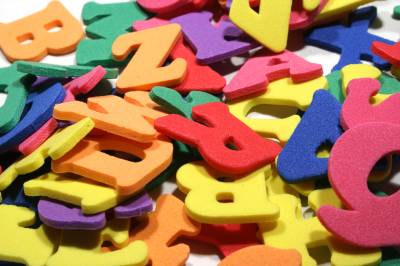Ultimately, what is it, Web 2.0?

· Example 1: Old Yahoo! → Google
· Example 2: Banner advertisement → content linked type advertisement
· Example 3: Free homepage space → blog service
Extreme story, "About the net related to never before"We call it" Web 2.0 "all together. Writing "Web 2.0", it seems that reading in Japanese as "Uebuto - Tenzero". There are definitions of these, but here is one easy to understand compare the service themselves back to the beginning of the first step.
That's why I am still not sure what Web 2.0 is doing, or I have to explain to someone but as a reference for cases where I can not explain well. However, it is top priority to understand intuitively, so please be aware that it is blowing away from the origin and precise technical definition.
Let's compare first with "Web 1.0 example → Web 2.0 example".
· Example 1: Old Yahoo! → Google
The old Yahoo! Was a directory search. In other words, Yahoo! The staff members register sites in each genre and search results will come up. Even now this directory search still remains.
Yahoo! Category - Yahoo! JAPAN Directory Search
On the other hand, Google is a robot type search that a program called a crawler wanders around the net, recovers pages quietly, automatically makes a value judgment according to their own mathematical formula, and returns search results. It is described in detail in the following page.
Google's popular secret
Elementary Google algorithmic commentary - GIGAZINE
In other words, manual items are automated, so the results of the search are different. And automatic will show you exactly what you want more than manual, so new, hence Web 2.0.
· Example 2: Banner advertisement → content linked type advertisement
Banner advertisement is an advertisement with images sticking to each other. Contents-linked advertisement is advertisement that contents of advertisement will change according to the contents of the page. For example "Google Adsense" is exactly that.
Google AdSense for content
In the article of ramen, the advertisement of ramen, the advertisement of cosmetics in the article of makeup, the advertisement of stock and consumer finance in the article of making money, and so on. Since advertisements that match automatically with the content of the article and the content of the page are automatically displayed, if you are interested in that article or page, you are also interested in advertisements of similar themes and trends There is no difference, it is definitely linked with the user's interest rather than a banner advertisement that simply shows certain contents, so it's new, so it's Web 2.0.
· Example 3: Free homepage space → blog service
When we say free homepage space, it's like feeling that we make pages with software to create pages, upload them by FTP and update them. For example GeoCities and Website Builder.
Yahoo! Geocities
IBM homepage · builder
In the case of blogs, it is already familiar, you can update by just logging in and hitting characters and uploading the image. There are mountains. It can be updated easily.
Blog - Google search
Design and so on are available as templates to a certain extent, once you decide by choosing all the settings, the only thing to do is to write sentences. All you need is a browser. It can be updated from anywhere, even from a mobile phone if it connects even to the net. In addition to disseminating information unilaterally, you can accept comments and receive trackbacks, so you can interact with the reader interactively as well. Moreover, without worrying about such a technical mechanism at all, if it updates it indiscriminately it is OK. In a sense, it is fully automatic except for updating work. Unlike the home page so far, expert knowledge is unnecessary, there is interactivity, the point of lowering the threshold of information transmission on the net is revolutionary, so new, therefore Web 2.0.
I think that somehow, the condition of Web 2.0 is understanding a little.
So the next time is "Four conditions of Web 2.0"is.
Related Posts:
in Web Service, Column, Posted by darkhorse_log







